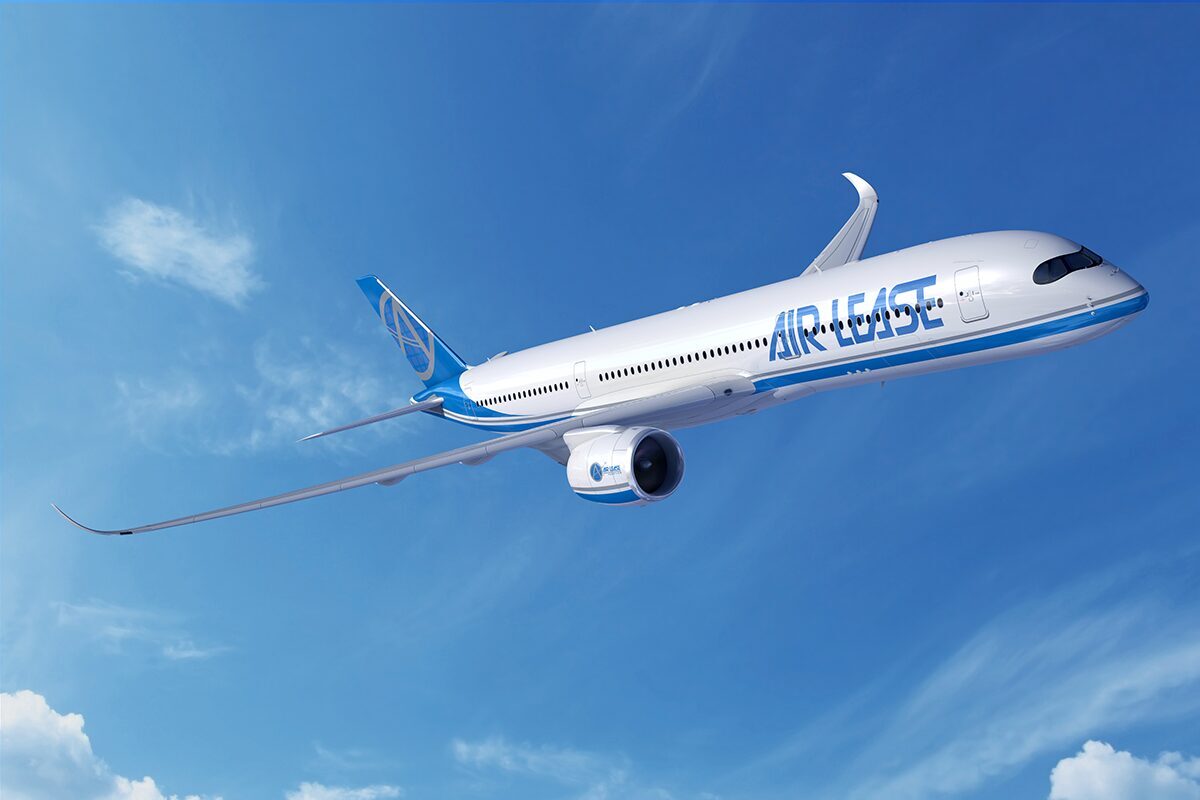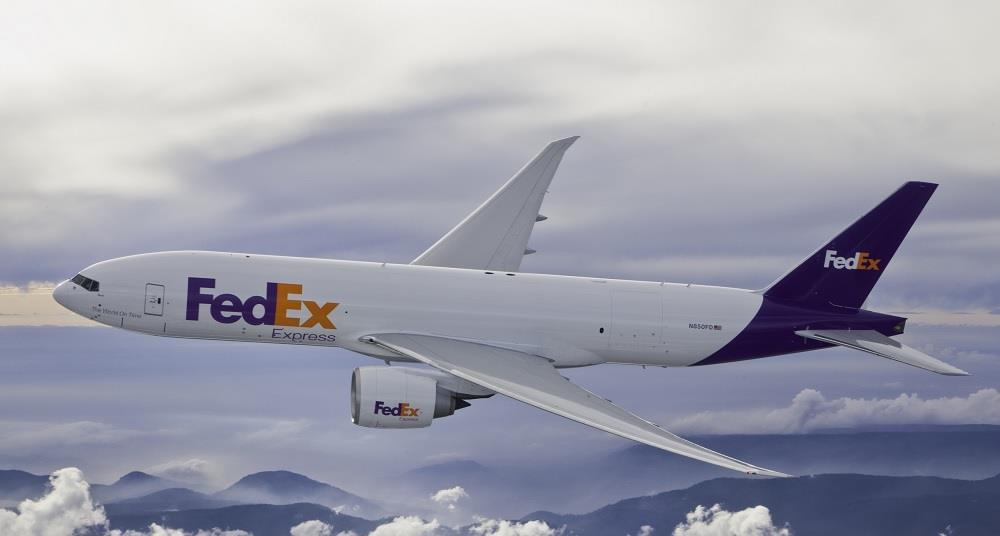Government-directed jetliner sales are back. Qatar and the United Arab Emirates signed large orders during President Donald Trump’s Middle East trip in May (see photo), and Poland’s LOT Airlines selected Airbus A220s over Embraer 195s in June in a very politicized selection process
The use of high politics as a sales tool stands to transform the airliner market landscape, but it is nothing new. In the 1970s and 1980s, Europe used political pressure to promote Airbus’ emergence, and the U.S. responded in kind.
Government-to-government and government-to-airline commercial aircraft sales gradually diminished with global free trade agreements in the 1980s and 1990s. The Clinton administration’s aggressive 1993 Saudi Arabia sales campaign, in retrospect, was the end of an era.
In fact, one of these free trade agreements banned government-directed airliner sales campaigns outright. The World Trade Organization Agreement on Trade in Civil Aircraft (ATCA) clearly states that “purchasers of civil aircraft should be free to select suppliers on the basis of commercial and technological factors.” It also stipulates that “signatories shall not require airlines, aircraft manufacturers or other entities engaged in the purchase of civil aircraft, nor exert unreasonable pressure on them, to procure civil aircraft from any particular source, which would create discrimination against suppliers from any Signatory.” ATCA bans aircraft trade tariffs between signatories, too, so other features of this treaty are under attack as well.
The only major market where governments have played a key role in airliner sales in recent decades has been China. Even there, government purchase announcements often serve as a final approval stage of airline-determined purchases. (China is not an ATCA signatory, but it does have observer status.)
If the Qatar, Etihad and LOT agreements are harbingers of further market politicization, government involvement in airliner sales will shape the industry in three ways—none of them good.
First, politicized sales lead to bad economic consequences. Airlines do best when they can select the right equipment at the best price. Just as military effectiveness can be impaired when weapon choices are limited to less capable manufacturers, politicians can saddle airlines with aircraft that are less efficient for their particular networks.
Hence, airlines have liked ATCA and disliked the idea of being strong-armed into buying specific aircraft. ATCA has allowed U.S. airlines to buy Airbus aircraft and European carriers—even Air France—to become some of
Boeing’s largest customers. Even in China, airlines work to select their own aircraft despite government interference. The saying goes, “The emperor is far, and the mountains are high.”
Political interference in airline purchase decisions also would induce manufacturer complacency. Why try as hard to innovate with new technologies and products when government salesmanship helps protect markets?
Second, politicizing aircraft sales puts manufacturers at risk of being blindsided by geopolitical developments. As a former
Boeing executive once told me, “We’re the designated hostage in any trade standoff.”
Today, the U.S. is in the middle of any number of trade standoffs. China, the world’s largest export airliner market, has overwhelmingly favored Europe and Airbus since the first Trump administration, and there are few signs of this changing. India, hit by some of the highest import tariffs proposed by Trump, also is likely to retaliate by continuing to favor Airbus.
Securing a few additional orders from countries in the Middle East would be some consolation, but the Gulf superconnector airlines tend to buy in roughly equal numbers from Airbus and
Boeing, and Trump-related sales are unlikely to signal a shift.
Continuing to lose out in China and India would be very damaging for
Boeing’s market share. In the long run, these political winds could shift, putting Europe at a disadvantage, but for now,
Boeing and its suppliers are at greater risk.
Finally, politicizing jetliner sales might produce a big unintended consequence. One new jetliner prime, Comac, has a growing lineup of unproven products, almost zero market share and a minimal global product support and sales presence and potentially very strong national political and economic backing.
If the U.S. and Europe openly abrogate ATCA, normalize the use of politics as a key selling tool again and work to weaken airline purchasing autonomy, China ultimately could be the biggest beneficiary. Indeed, those developments might be Comac’s best hope.
Contributing columnist Richard Aboulafia is managing director at AeroDynamic Advisory.


